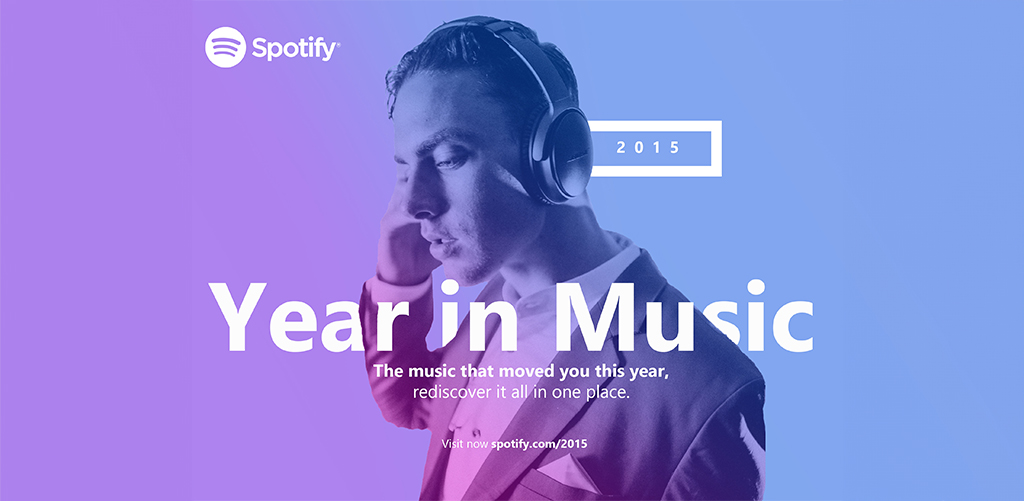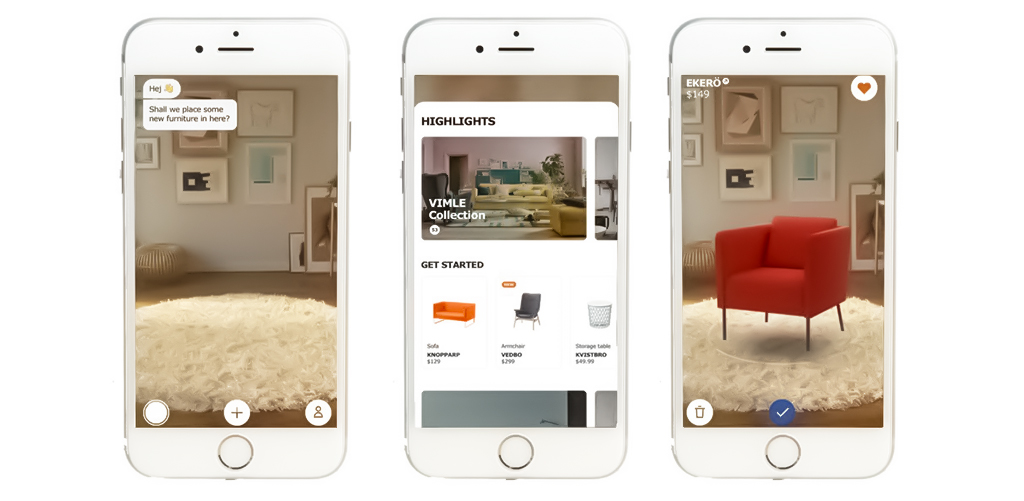

Motion Graphics and Interactive Elements have changed the way we create communication in recent years. Designers no longer just use text and pictures that fail to change. They also use dynamic graphics and interactive elements to get people’s attention, make complicated information easier to understand, and make user experiences more interesting. This rising trend shows how important it is for designers to be able to use new tools and technologies.
Modern Communication Design is a field that is always changing. Educational institutions like the JD Institute of Fashion Technology offer studies that focus on these skills, preparing the next generation of designers for a field that is always changing.
Motion graphics are now an important part of digital material. They connect simple graphic design with animation. These animated images are used in a lot of different places, like ads, social media, video explainers, and app screens.
Below are several factors contributing to its high effectiveness:
Motion graphics stand out in a world full of information because people are naturally drawn to it. They can quickly grab people’s attention and get their point across in a way that is interesting to look at.
Motion graphics can break down complicated data into segments that are easy to understand, whether it’s a demonstration video showing how a product works or an educational infographic. Motion graphics have been used by companies like Dropbox and Slack in their onboarding videos to make their services easier for new users in a fun and friendly way.

One important part of marketing and branding is sharing stories. Brands can make their stories more powerful by putting them in action. For example, Apple’s product launch videos use smooth motion graphics to show off the features and benefits of new gadgets, building excitement and anticipation.
Interactive features have become an important part of communication design, along with motion graphics. Interactive design makes websites and mobile apps more than just an idle way for people to use information. This could be something as easy as a highlight animation or a button that can be clicked on, or it could be something more complex like responsive layout and dynamic content.
Interactive features enhance user engagement by promoting active participation, allowing exploration of choices, and extending the frequency of user visits to a website or app. Spotify’s “Year in Music” is an effective application of interactive design, allowing users to easily navigate through a visually interactive interface to access personalised data on their listening profiles.

In the present day, users demand smooth navigation, user-friendly controls, and adaptable interfaces. Companies such as Amazon and Netflix use interactive design to offer user-friendly platforms, therefore enhancing the purchase or browsing experience by making it simpler and entertaining.
Interactive components provide a unique way for users to keep a brand or experience in their memory. The occasional introduction of interactive doodles to Google’s Homepage serves as an excellent illustration, as they actively encourage users to participate, interact, and retain their experience, therefore strengthening brand identity.

The field of motion graphics and interactive design is revolutionising communication by enhancing the engagement, accessibility, and personalisation of content. These innovative elements enable marketers to attract attention, simplify intricate concepts, and generate unforgettable user experiences.
AR and VR will make it possible for stories to be more engaging. One example is IKEA’s AR app, which lets users virtually arrange furniture in their own homes, which makes shopping more fun.

Tools that are powered by AI will make material more relevant to each person and automate design tasks. Adobe’s AI tools help artists improve their creativity and speed up their work.
Designers can make experiences that are more relevant to each person by using analytics. Spotify’s Wrapped campaign uses information about its users to make material that is both personalised and interesting.

Motion graphics and digital platforms will encourage eco-friendly actions, making it simpler to use genuine resources. Interactive efforts from brands can help people be more environmentally friendly. Whether you’re looking to create captivating motion graphics or design interactive digital experiences, investing in learning them is key to succeeding in today’s competitive design landscape. So, if you’re ready to take the next step in your design journey, JD Institute can provide you with the foundation needed to master the future of Communication Design.